This story is based on a 2013 interview. You can read more about the evolution of Fuller Farms in the Second Edition of Resilient Agriculture.
Fuller is the third generation to own Fuller Farms, located in east central Kansas near Emporia. Gail learned about farming from his grandfathers, who were both farmers, and by working side by side with his father on their 700-acre family farm. In the late 1980s, Gail took over the grain production side of Fuller Farms. Like many producers in those times, he adopted no-till to try and reduce serious soil erosion problems and improve profitability by reducing the fuel needed for fieldwork. By the mid-1990s, the livestock had been dropped from the farm system and Gail had expanded corn and soybean production to more than 2,000 acres by leasing neighboring land.
Thinking back on the transition to no-till, Gail recalls following best management practices of the time which involved simplifying the farming system quite a bit. “Basically corn and soybeans were the only two crops we grew. When we went to no-till, we kicked wheat and milo out of our rotation. We had a four-way rotation — corn, soybeans, wheat and milo — during the ’80s and we raised cattle, but that all got kicked out with the big rush to no-till in the ’90s. When no-till first really got popular, cows and no-till weren’t allowed. It was thought at the time that cattle were too destructive to soils and the damage they caused by trampling farm ground couldn’t be fixed without tillage, so the cows got kicked off.”
Gail says that soil erosion did not seem to get much better with the switch to no-till, perhaps because the corn–soy rotation didn’t leave much crop residue. “It was all corn and soybeans,” Gail explains, “and most of the corn was being chopped for silage at the time.” When this is done the entire corn plant — grain and stalk — is harvested, so there is very little plant matter left in the field. “There was zero carbon in the system,” Gail recalls. “I don’t have any documentation, but our erosion definitely did not get better just because we switched to no-till, because we just weren’t leaving anything for the soil. And the shift to no-till created some issues with soil fertility and also increased insect and disease problems.” By the late 1990s, Gail added some cover crops into the rotation and brought cattle back to the farm in an effort to build soil quality and reduce soil erosion. Although early attempts to manage cover crops within the no-till system were challenging, diverse crop rotations integrated with cattle, have been a central feature of Fuller Farms since 2003.
Today, Gail manages a large variety of cash crops, cover crops, cattle, sheep and poultry in a highly diversified and integrated dryland production system with the goal of keeping a living root in the ground at all times. A typical cash crop mix in a given year might include winter canola, winter barley, winter triticale, winter wheat, spring wheat, corn, grain, sorghum, soybeans, sunflowers, red clover, safflower, oats and peas. Cover crops increase diversity on the farm even more, by adding thirty to forty additional species. The 75-head beef cow herd is intensively grazed on continuous cover crops and beef cattle are finished on the farm. Gail believes that the cattle are key to his crop management and thinks as the crops and livestock on the farm as one integrated whole.
Since Gail diversified the farming system, fertility and pest challenges created by the shift to no-till are, as Gail puts it, “in the rearview mirror.” Occasional crop nutrient or pest problems are easily managed these days in the well-established and highly diverse farming system. What is becoming increasingly challenging, according the Gail, is the weather. He started noticing greater extremes in temperatures and precipitation around 2000, as best as he can recall. He remembers the ’90s as just a little more settled and predictable, as well as a little wetter than normal. “1993 and ’95 were extremely wet years,” he says and laughs. “Maybe on a grand scale we were starting to see these wild swings in the ’80s and ’90s. They’ve just become much more defined and much more sudden. Instead of having prolonged periods of below or above average, we’re just going over cliffs all the time.”
Flooding, dry periods and drought have all become more frequent and intense in the last ten to fifteen years, according to Gail. “For instance, we had one of our biggest floods in recorded history in November of ’98 and then we’ve been dry since, with the exception of ’08 and ’09, which I think were the two wettest years in history in our area. Then we had close to the two driest years ever in ’11 and ’12. This last go-round of drought has just been unlike anything we’ve ever seen. Starting in June of 2010, we have been in a pattern of six to eight months with no precipitation and then we get it all at once. Our last big round of precipitation was in August of last year [2013], when we had 18 inches of rain in 16 days. August is normally our driest month.” More extremes in temperatures have also interfered with crop production at Fuller Farms in the last few years. “As an example, August of 2013 was one of the coldest on record and it was followed by the hottest September on record. The shifts right now are just really becoming challenging.”
While these changes in precipitation have increased the complexity of managing crop and livestock production at Fuller Farms, warmer spring and summer temperatures, particularly warmer nights, have definitely reduced crop yields, according to Gail. “The winter grains like cooler nights. They mature during late May and June and normally we’re already getting pretty warm by then. We also get a lot of humidity, so it’s pretty hard to cool off at night.” In 2012, temperatures were so much warmer all through the spring and summer that everything was about thirty days early. The winter grains were stressed during the grain filling period by the hot, summer-like conditions in spring, while corn and soybeans were stressed throughout the summer by excessive heat. Gail recalls, “It was just over 100 degrees every day, day after day that summer. If we could have cooled off at night and let those plants relax a little bit we probably would have had a better chance. It’s really the nighttime temperatures that got us more than anything. Obviously 110 degrees in the day is not anything to like, but when they can’t cool off at night it makes it so much tougher the next day.”
Other farmers in the region have noticed the more variable weather, but they have not been affected because a loophole in crop insurance allows them to “double dip”, according to Gail. “In 2012, which was the hottest, driest year since 1936, producers that had corn in their rotation had one of their best financial years ever.”
Although Gail takes advantage of crop insurance too, he views crop diversity as his best insurance against crop failure. He has been an innovator of extremely diverse cover crop polycultures, called cover crop cocktails, mixes of many different species that are tolerant to many environmental conditions. “For us the multi-species mixes of cover crops have been the slam dunk,” Gail explains, “just so obviously building resilience into your system.
When you’re putting ten or twelve things in the mix — or fifteen or twenty things in the mix is even better — something’s going to survive, whatever you throw at it. That keeps the system alive. It keeps the microbial community fat, the earthworms fat. It just keeps the whole system operating much healthier and much more resilient than just a monoculture crop out there.”
The cover crop cocktails also give Gail a lot of flexibility in crop planning. He typically plants eleven months out of the year, and having such a diverse selection of species to choose from allows him to design cover crop mixes to meet multiple goals and adjust the species to take advantage of seasonal weather conditions. “The first thing we do is look at the resource concern we have in a particular field before we design the mix for it,” Gail explains. “Are you going to graze it? What time of the year are you planting it? Our knowledge of what these cover crops can do is extremely limited, but we’re getting a better grasp with what we’ve seen here in the last four or five years with the extreme dry.”
Gail goes on to explain the design process. “Then, if we think this is the weather pattern we’re going to have, then we know that some cover crop species are going to handle it better than others and so we’ll make them the dominant species in the mix. And that’s another thing about how a mix increases resilience. When you guess wrong, there’s still going to be something there that will grow. The more diversity we put in that mix, the more it protects us.” Gail feels he has just started to scratch the surface of the possibilities of cover crop mixes. Although he started with two-crop or “two-way” mixes in the late ’90s, fifteen- to twenty-way mixes are the norm on the farm now. Gail imagines that the diversity of species in cover crop mixes will only continue to grow as seed suppliers offer more diversity in cover crop seeds; he thinks forty-way mixes are a real possibility in the near future.
Gail is also looking at bringing more diversity to crop production with the addition of cover crop seed and winter barley to the Fuller Farms cash crop rotation. He is experimenting with producing triticale barley, cowpeas, mung beans, buckwheat seeds. “We’re going to try some different things for cover crop seed companies that bring us more diversity, that make us more resilient,” Gail explains. “We don’t have all of our eggs in one basket. We spread our harvest period out, so we’ve reduced our risk and also we get premiums for those products, so it’s kind of a win-win.” Gail is also experimenting this year with no-till organic production in several fields to see if he can add additional value to his products and diversify into yet another premium market.
But resilience at Fuller Farms is not based just on crop diversity. Gail views the livestock as integral to the system as a whole. Until 2013, Gail’s cattle grazed only annual cover crops, so choosing covers that are good forages is an important consideration. And the livestock provide extra crop insurance, because they can consume cash crops when weather conditions reduce quality or yield. “The livestock have now become part of the crop rotation,” Gail explains. “I’ve got a twelve-month grazing plan. You have to have a plan if you’re going to be grazing cropland. You need to have something in mind about where the cows are going to go in the worst-case scenario. In the future, the cows will be my crop insurance. That’s how I plan to get income off of failed crops. I can graze them and then we will have added value to the crops — and to the cattle. We’ve also recently brought sheep into the operation, because they’re more drought tolerant than cattle, so we’re even diversifying there as well.”
The cattle also improve the adaptive capacity of a farm or ranch by providing a value-added product and bringing all the soil quality benefits associated with management-intensive grazing, such as the stimulation of soil microorganisms and the distribution of manure back to the soil. And because Gail is grazing short-season forages throughout the year, flexible scheduling of cattle finishing allows him to capture seasonally high market prices. Gail explains, “We have value added because we are grass-finishing, but because we’re grazing cover crops, I think we can expand our marketability too. In the grass-finished business, most guys are marketing in the summer. We’ve expanded our grazing thirty days on both ends at least, maybe sixty days in the fall, so we can finish cattle later in the year.”
But there is a downside to all this diversity. In 2012, Gail landed in the center of a national crop insurance controversy. Weather conditions made it impossible for him to kill a cover crop within the time required by insurance guidelines and his crop insurance was cancelled because his use of cover crop cocktails was interpreted as intercropping — a prohibited practice. In an ironic twist, Gail had previously been awarded a Conservation Innovation grant by the USDA’s Natural Resources Conservation Service (NRCS) for the same fields deemed out of compliance by the crop insurance company. After his request for a review of his case was denied, Gail took his concerns up the chain of command until he was invited to Washington, DC, to discuss the situation with USDA agency directors and his congressional representatives. Gail remembers telling the group, “We’ve got three government agencies controlling production agriculture and none of them are on the same page, and that needs to stop. You need to pick a direction. We can’t be getting paid here for one practice, then walk across the aisle and get denied benefits for doing the same thing.” USDA agency representatives agreed and created an interagency task force soon after their meeting with Gail to try and harmonize cover crop policies. In April 2014, the Task Force released a new cover crop policy to be used by all three agencies. Only time will tell if the new policy will encourage the use of cover crop cocktails by commodity grain producers.
Another key barrier to managing crop diversity at Fuller Farms is the poor availability of a diverse range cover crops and cash crops. Gail explains, “The availability of appropriate crop varieties has been a big one for us. We are switching to non-GMO varieties and we’ve gone from a two-crop rotation to about twelve different crops in a five-year rotation. Just finding out what works in this area is a challenge. We’re growing things like winter barley and other unusual crops for our area. So we’re bringing crops from outside our region and the varieties that are available don’t always line up really well.”
Although the advice and support of federal and state technical personnel and programs would be welcomed, Gail says they have not done the kind of research that he needs to improve his farming system. “We’ve for the most part walked away from our state university because their research is so far behind. It would be nice if we had it, if they had done the research we needed a decade ago and had this available today, that would’ve been phenomenal. It would’ve been extremely helpful, because I could have avoided all the failure that I’ve had here in my farm in the last ten years.” Gail views the agricultural universities and many federal agricultural support programs, including crop insurance, as more of a hindrance than a help to enhancing the sustainability of U.S. agriculture.
Thinking about the future, Gail says that the improvement he has seen on his farm and in his bottom line gives him a lot of confidence that he will enjoy continued success. And he is already planning ahead for more intense weather variability and extremes. For the longer term, he is exploring what he calls “pasture cropping,” the no-till planting of an annual cash grain crop into a perennial pasture that has been knocked back by grazing or mowing.
Gail sees a lot of potential for enhancing natural resource quality with pasture cropping, particularly as a long-term solution for sequestering carbon, building soil quality, enhancing the water cycle and increasing energy flow. For now, he sees a lot of adaptive potential in his farming system because he can make changes in the crop rotation to fit seasonal weather conditions. If drought conditions intensify in his region as projected, Gail thinks there will be a high demand for forages to feed cattle, because corn is not productive in hot, dry conditions. “I would probably pull out things like corn if droughts increase,” says Gail, “and put in more forage type crops that do well in those conditions. Hay and forages will become a premium, so I think we can probably do a lot of custom grazing and find ways to turn adversity into dollars.”
Gail’s innovative design and management have earned him both regional and national recognition. He is a regular speaker at agricultural conferences and hosts workshops and visitors at his farm. He is featured in the USDA Natural Resources Conservation Service’s Profiles in Soil Health, a series that showcases how some of the nation’s leading farmers are managing soil health to make their farms more profitable, productive and sustainable. In 2013, Gail was one of eight Kansas farmers recognized with a Climate and Energy Award by the Climate and Energy Project, a nonprofit working to promote climate change mitigation in America’s Heartland. He was also nationally recognized as the recipient of the 2013 Conservation Legacy Award from the American Soybean Association.
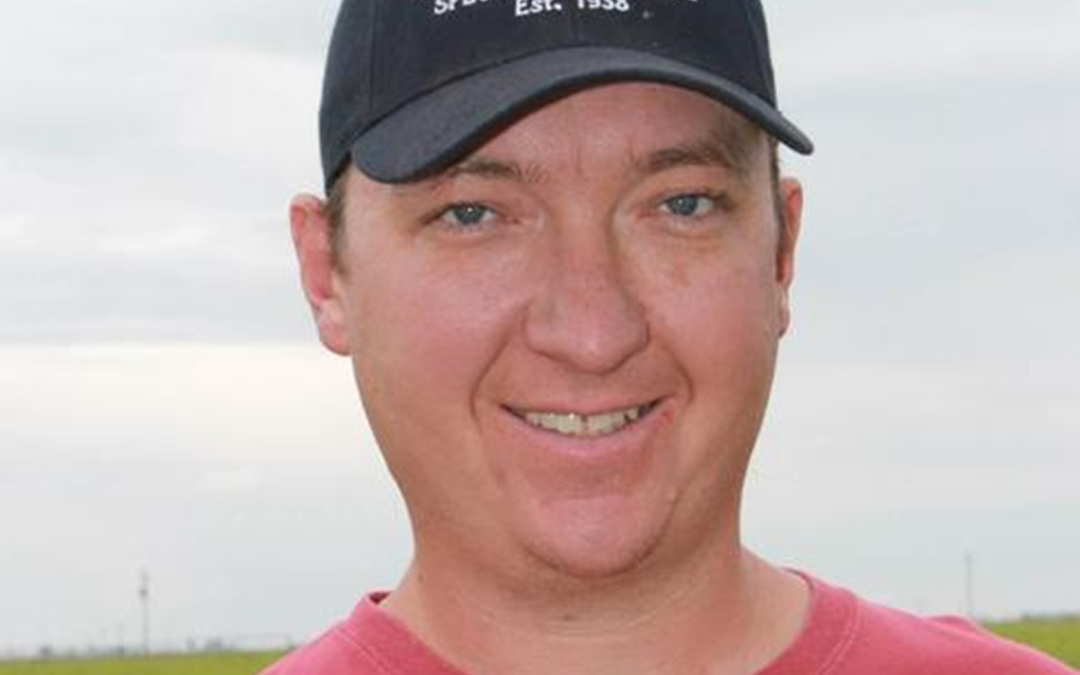

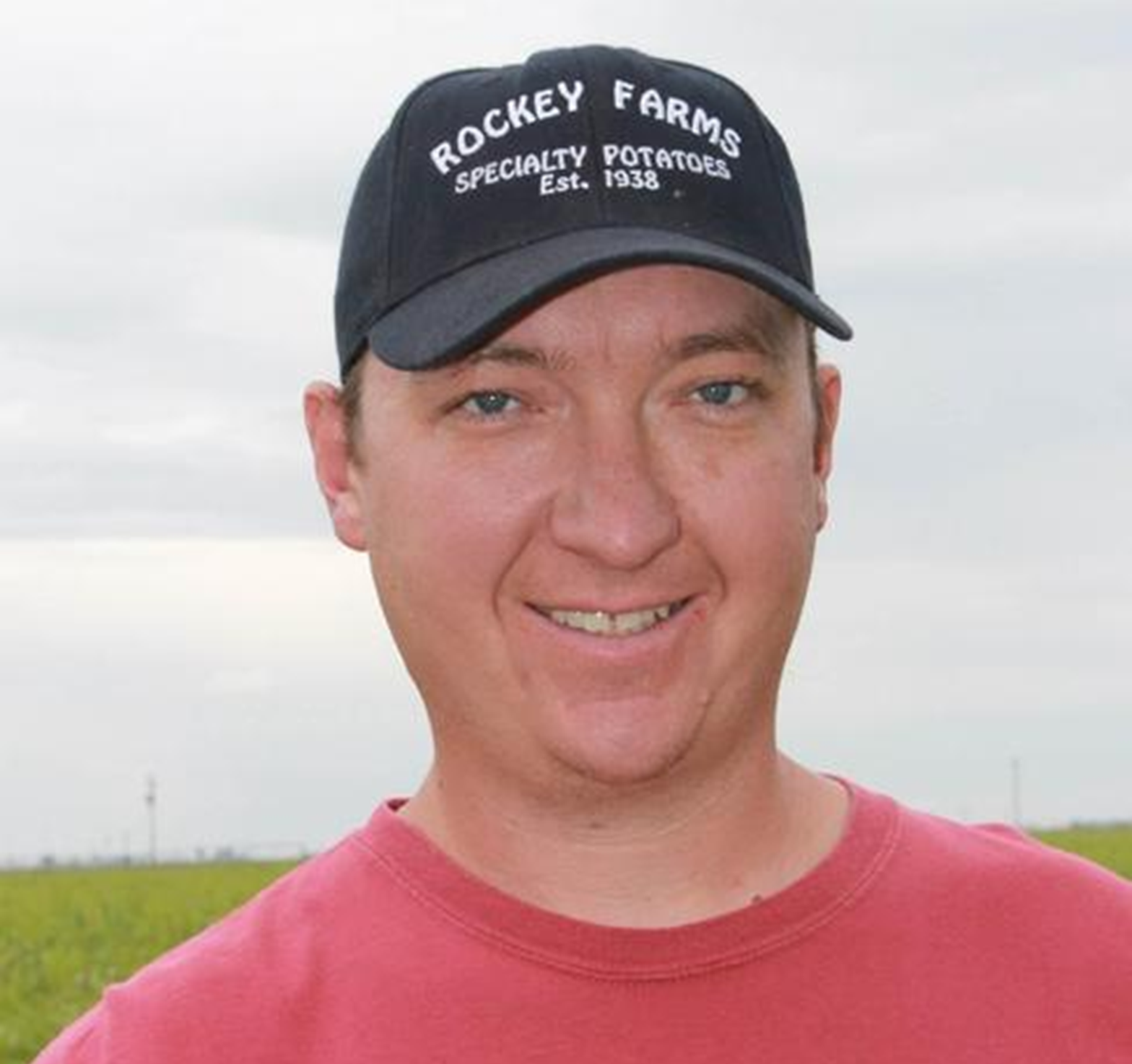
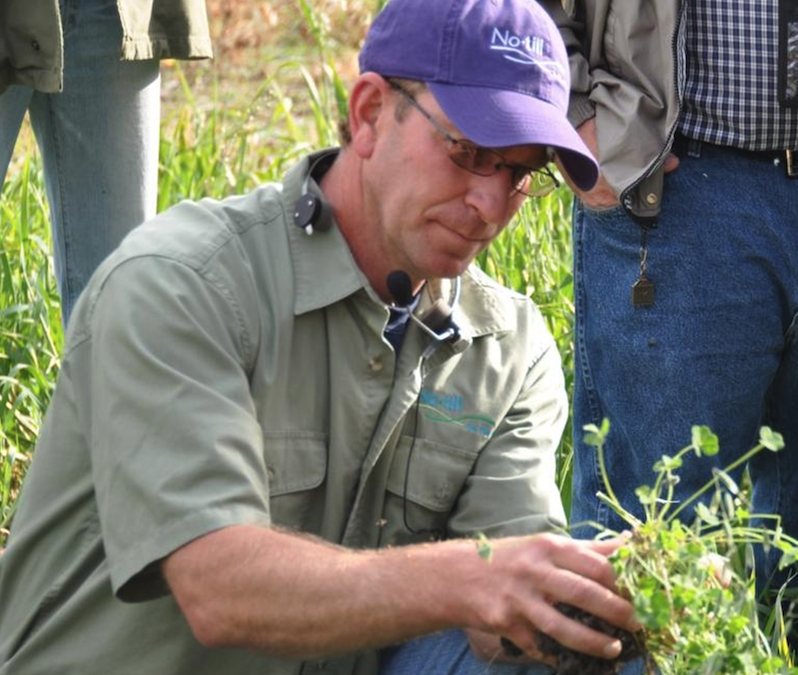
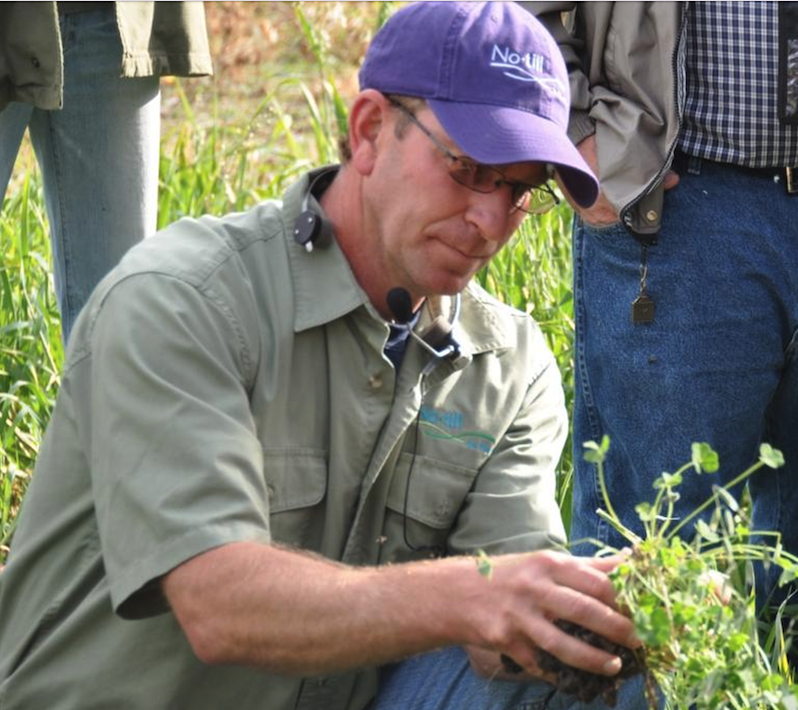
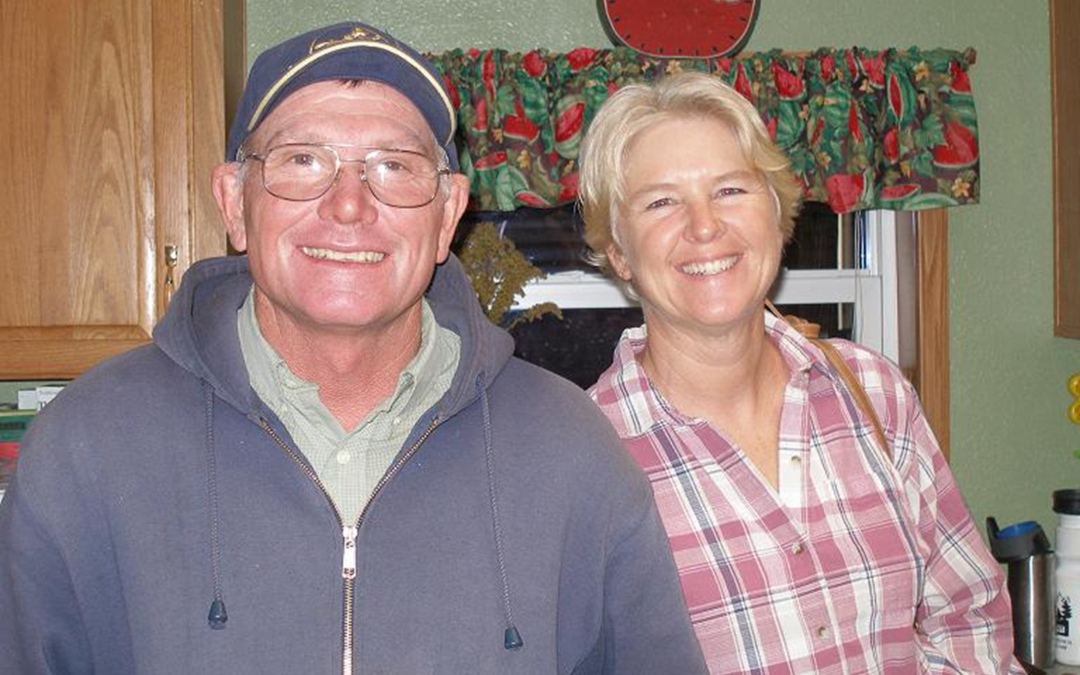
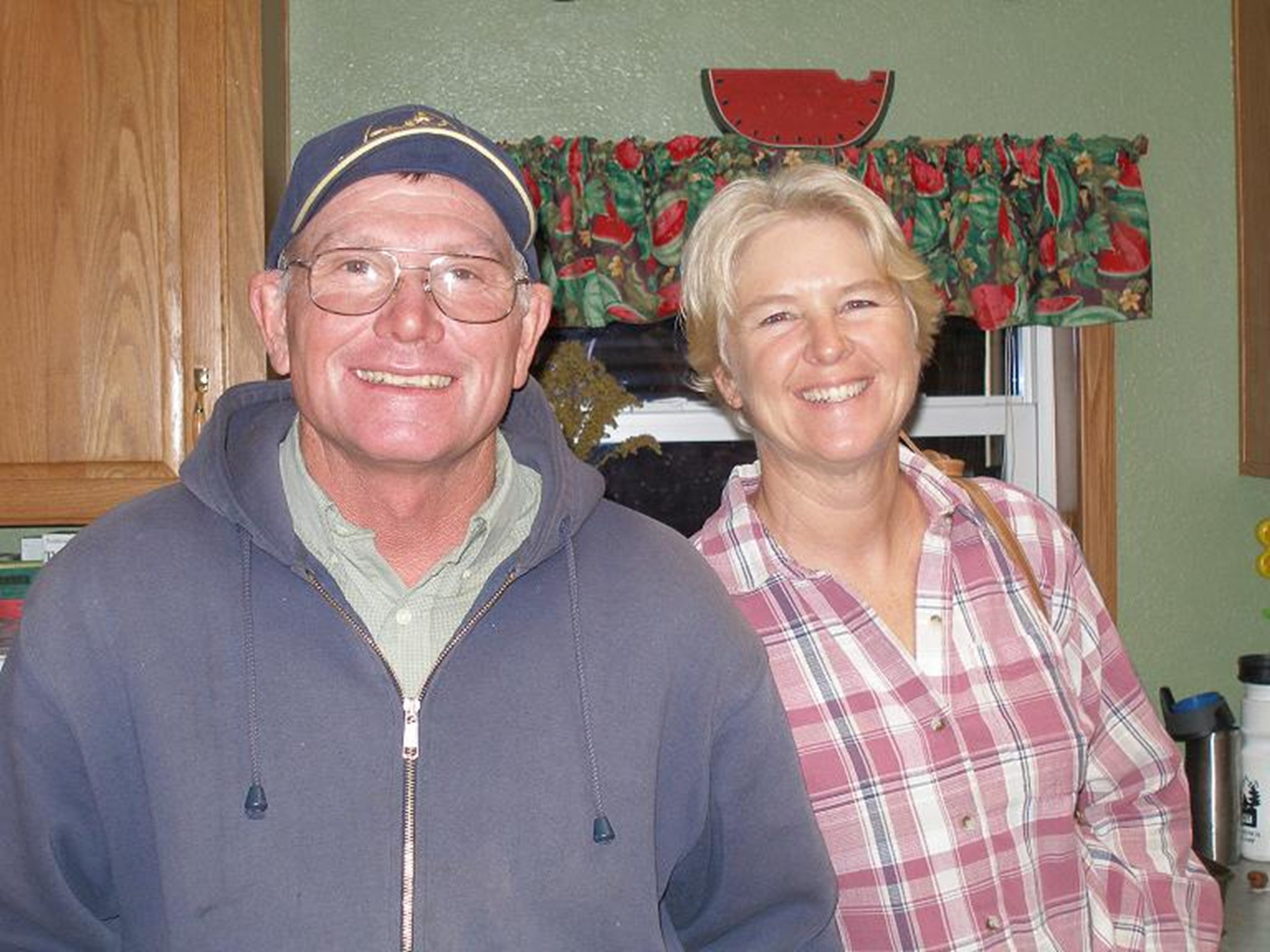
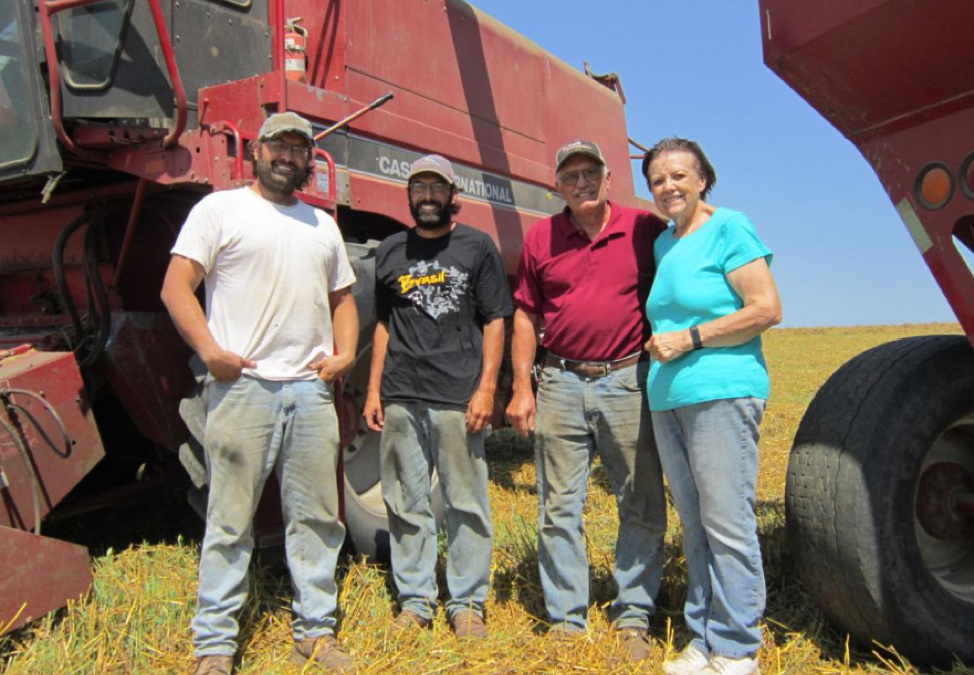
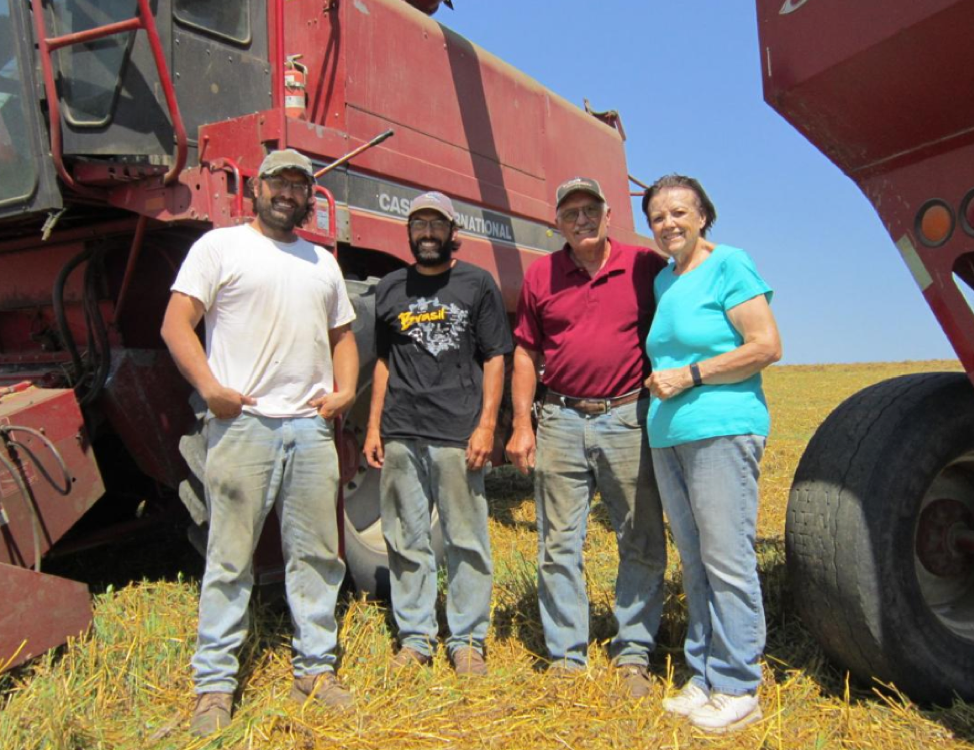
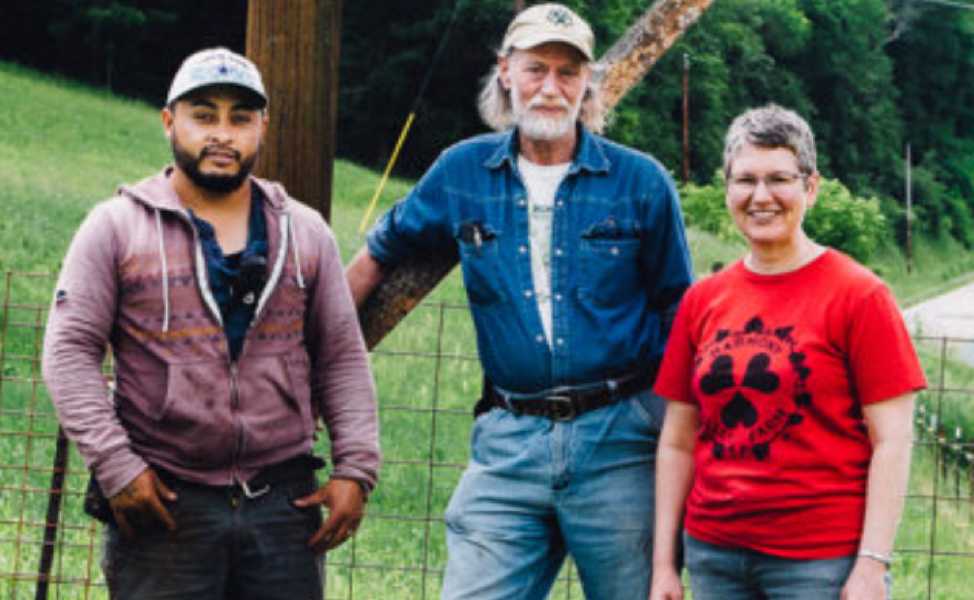
Recent Comments